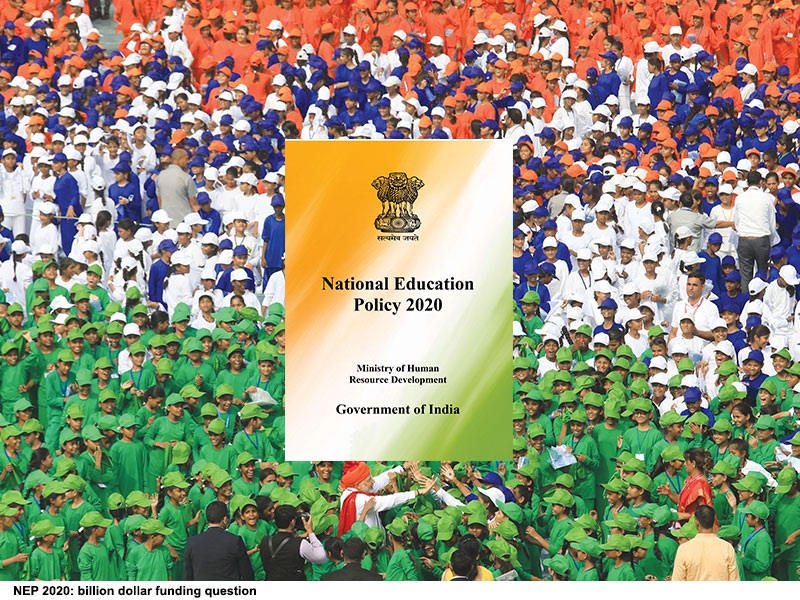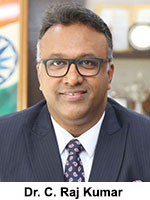Implementing NEP 2020: Expert advice for central government
Against the backdrop of spreading pessimism, EducationWorld presents suggestions and recommendations of seven carefully selected education leaders for implementing the new education policy in seven critical domains – Summiya Yasmeen

The initial euphoria that greeted the new National Education Policy (NEP) 2020 promulgated on July 29, is dying down as the sobering realities of implementing this elaborate policy prescription to transform India into “an equitable and vibrant knowledge society by providing high-quality education to all, and thereby making India a global knowledge superpower,” are dawning on the commentariat.
The ambitious school, higher and vocational education reforms set out in the country’s first education policy of the 21st century require that the Central and state governments — education is in the concurrent list of the Constitution — to constitute a bewildering array of committees and regulatory bodies, and legislate dozens of new education laws. Some state governments have already expressed their apprehensions about implementing NEP 2020. For instance, on August 31, a six-member committee constituted by the West Bengal government to evaluate the NEP 2020, rejected the policy on the grounds that it “lacks clarity and may not be equally applicable to the entire country due to its differing cultural heritage”.
Certainly the shadow of bureaucracy looms over NEP 2020. “The policy is an amalgam of high rhetoric clouded by implementation uncertainty because of its conspicuous failure to make a clean break with bureaucratic controland- command,” wrote Dilip Thakore, editor of this publication, in the August cover story of EducationWorld, titled ‘NEP 2020: Visionary charter, educracy shadow’ (see www.educationworld.in).
More important, the billion dollar question increasingly being posed in print and social media analyses of NEP 2020 is about funding the grand architecture and design of NEP 2020. With the Covid-19 crisis wiping out tens of thousands of businesses and livelihoods, and the economy contracting by an unprecedented 24 percent in the first quarter of fiscal 2020-21, tax revenues of the Central and state governments have plunged and social welfare expenditure including education, is certain to be slashed. Despite NEP 2020 reiterating government resolve to raise spending on public education to 6 percent of GDP (NPE 1986 and its predecessor Kothari Commission in 1966 had made similar pleas), current government (Centre plus states) spending on public education is a mere 3.1 percent of GDP.
The universal expectation is that far from increasing, government expenditure on public education will decrease during the next three years, as recovering industry and business growth momentum — and add to that additional defence expenditure because of the China threat in the north-east border region — become the top priorities of government.
Nevertheless, in a live broadcast to the nation on August 7, prime minister Narendra Modi reiterated the Central government’s determined resolve to implement NEP 2020. “It is natural for some people to question that after sucha big reform was brought on paper, how will it be implemented at the ground level. That is, now everyone’s eyes are towards its implementation. All of you are directly involved with the implementation of the National Education Policy and therefore your role is very important. As far as political will is concerned, I am fully committed to it and I am with you,” said Modi.
However, pessimism about implementing NEP 2020 is spreading. “NEP 2020 is an eloquent statement of hopes and aspirations. Its road to heaven is paved with good intentions. Alas, economic, social and political realities might play the serpent in this paradise,” wrote Deepak Nayyar, former vice chancellor of Delhi University in Mint (August 13).
Meanwhile with NEP 2020 now official policy, the newly renamed Union education ministry, has invited suggestions from school teachers and principals on ways and means to implement NEP 2020. “We believe that teachers are the key to implementation of NEP 2020, and hence we have decided to call for suggestions from all school teachers and principals from across the country on how to take the implementation process of the National Education Policy forward,” tweeted Ramesh Pokhriyal, Union education minister, on August 23. A similar invitation is likely to be extended by the ministry to academics in higher education.
Even as this laborious official process gets underway, EducationWorld presents suggestions and recommendations of seven carefully selected education leaders for implementing NEP 2020 in seven critical domains: early childhood care and education; school curriculum and pedagogy development; teacher education; standards-setting and accreditation; higher education restructuring and regulation and vocational education.






















Add comment